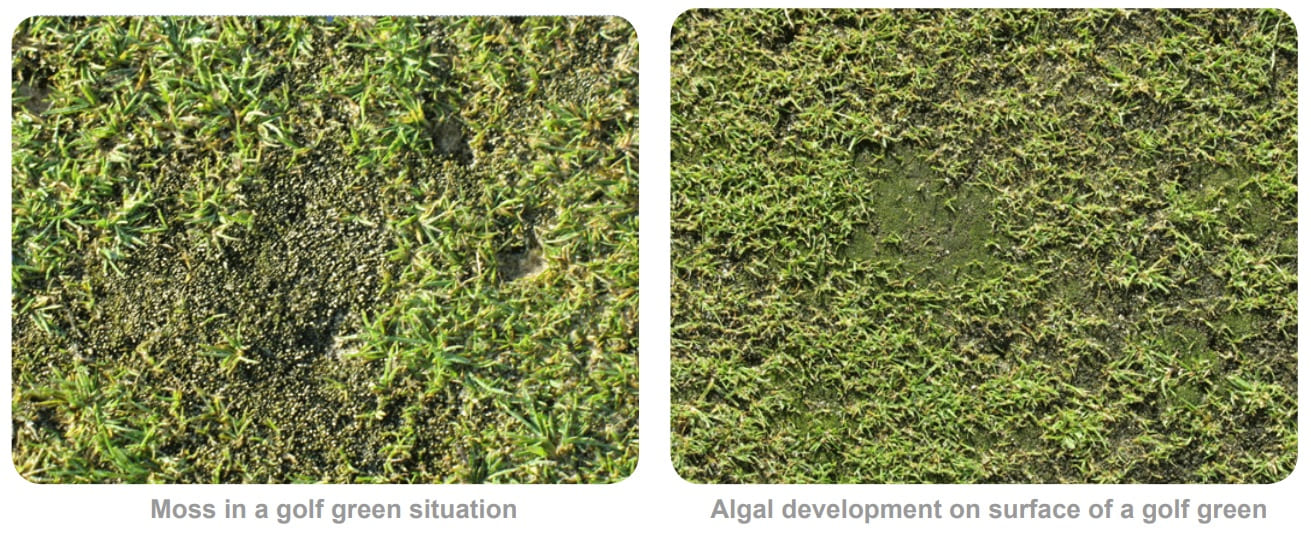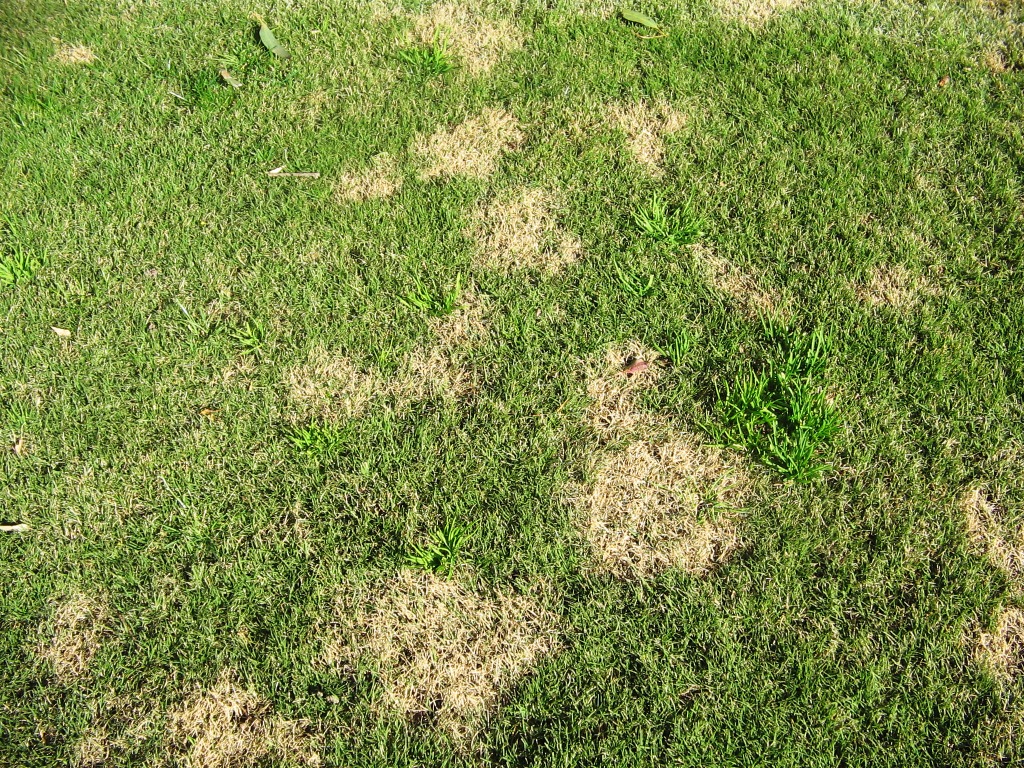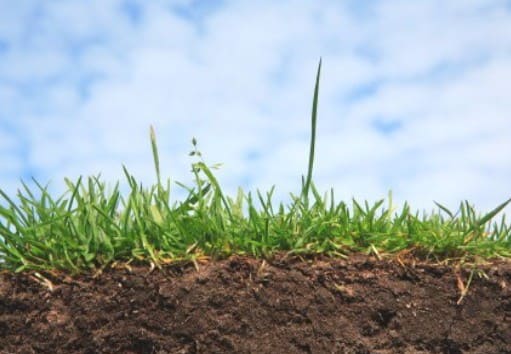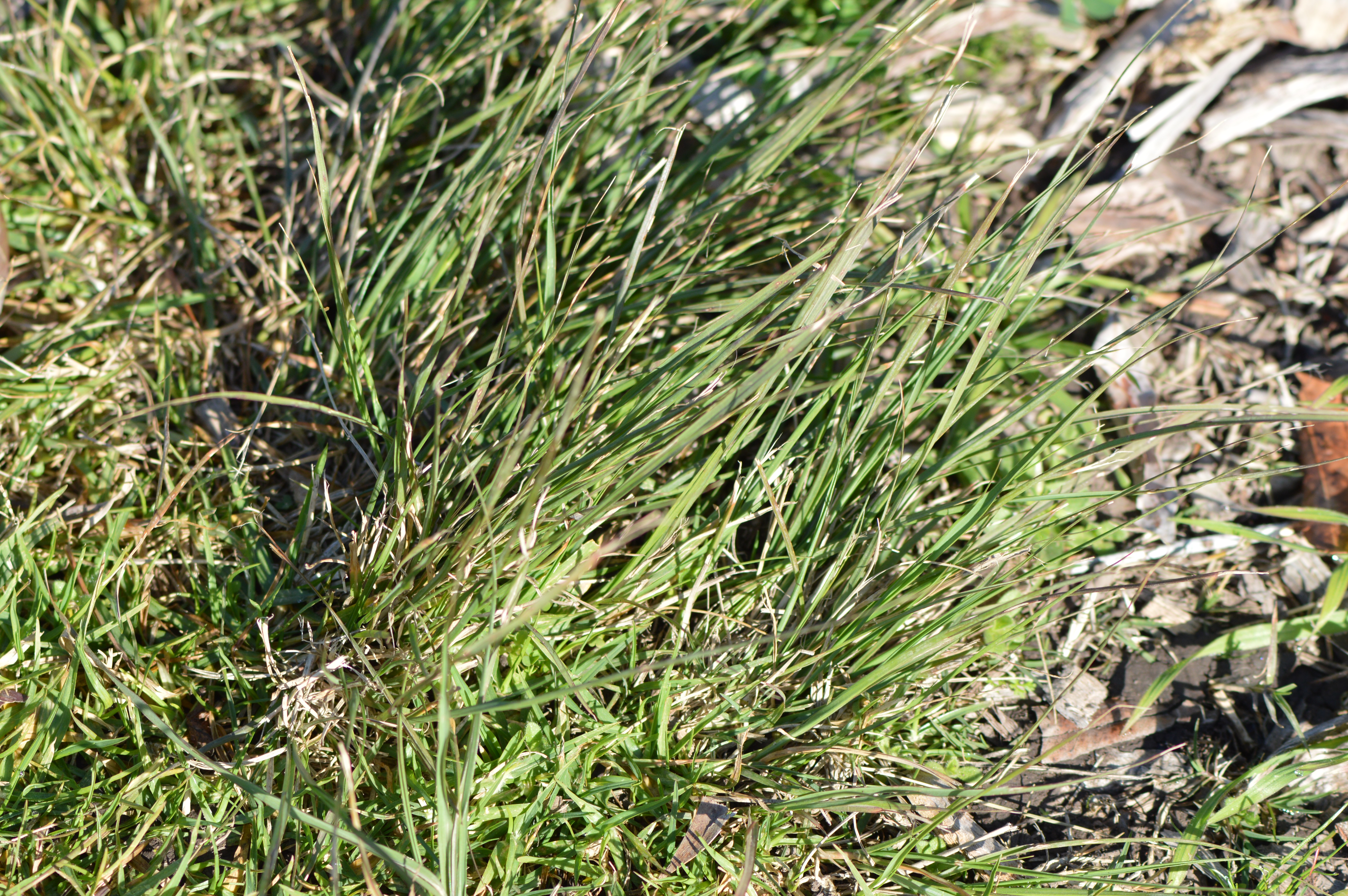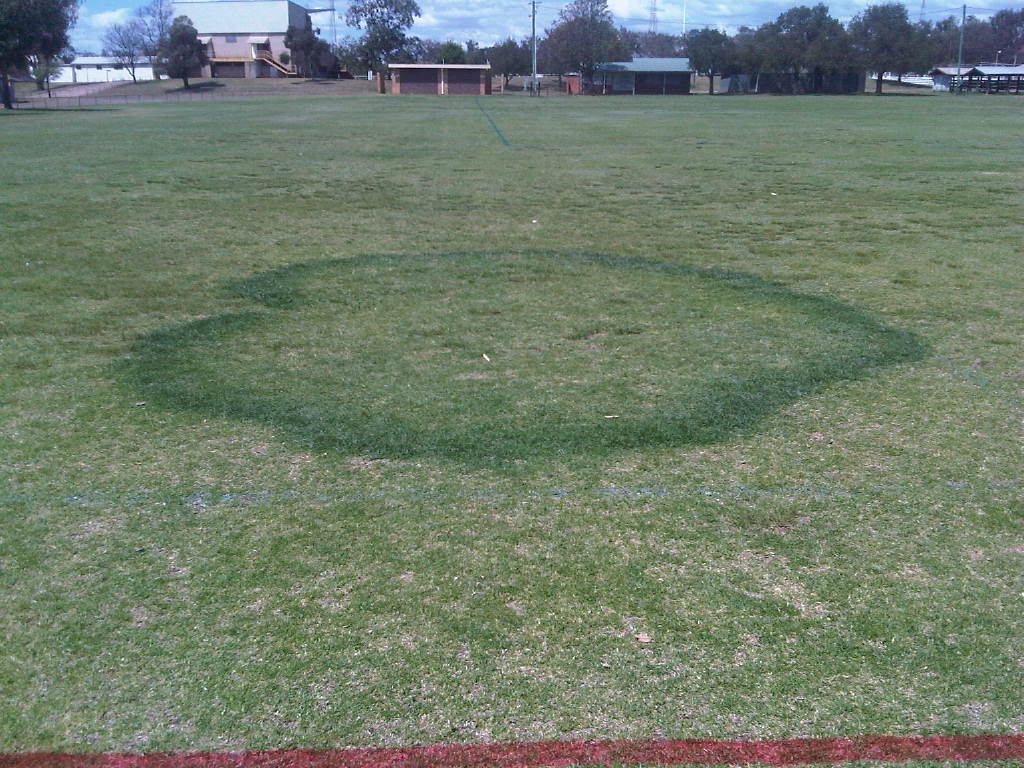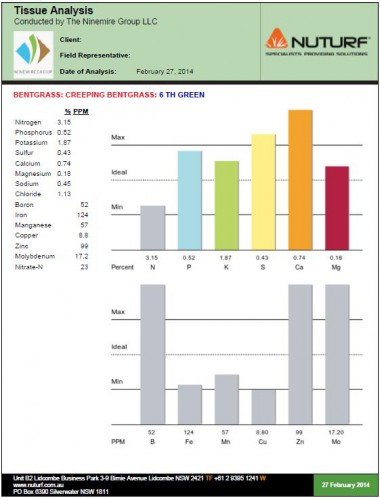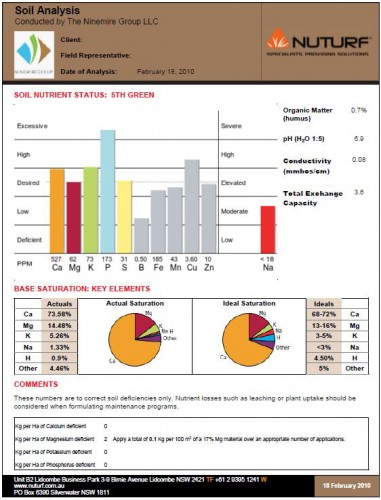The Importance of Analysing Soil and Water Test Results Together
Why Turf Managers Should Analyse Soil and Water Test Results Together
In professional turf management, regular soil and water testing is essential for maintaining healthy playing surfaces. But while many turf managers conduct these tests, results are often reviewed in isolation, leading to missed opportunities to understand critical interactions between the two results.
To get the most out of your testing program, it's time to shift the mindset: don’t just test - connect the dots.
Why Both Tests Matter (And Should Be Reviewed Together)
Soil testing tracks subtle and significant changes in soil chemistry over time. Whether influenced by fertiliser use, irrigation, environmental conditions, or turf activity, these shifts affect how well your turf performs. By monitoring and reviewing the results of our tests over time, we can steadily amend our soil and ensure the changes are based on evidence and happen at a speed that nature and the natural environment is compatible with.
Soil responds to many changes – both biotic and abiotic. One of the biggest influences is the water used for irrigation. There is a common relationship between water and soil chemistry: over time the soil takes on the characteristics of the water. This is great if the water is high quality – but can be a problem if the reverse is true.
Water testing, especially of your irrigation source, is equally vital. That’s because over time, your soil starts to reflect the quality of the water you apply. High-quality water supports good soil health. Poor-quality water? It can introduce issues like salinity, sodicity, or nutrient imbalances.
By reviewing soil and water tests together, you gain a more accurate picture of how one is influencing the other, and can make better-informed amendments as a result.
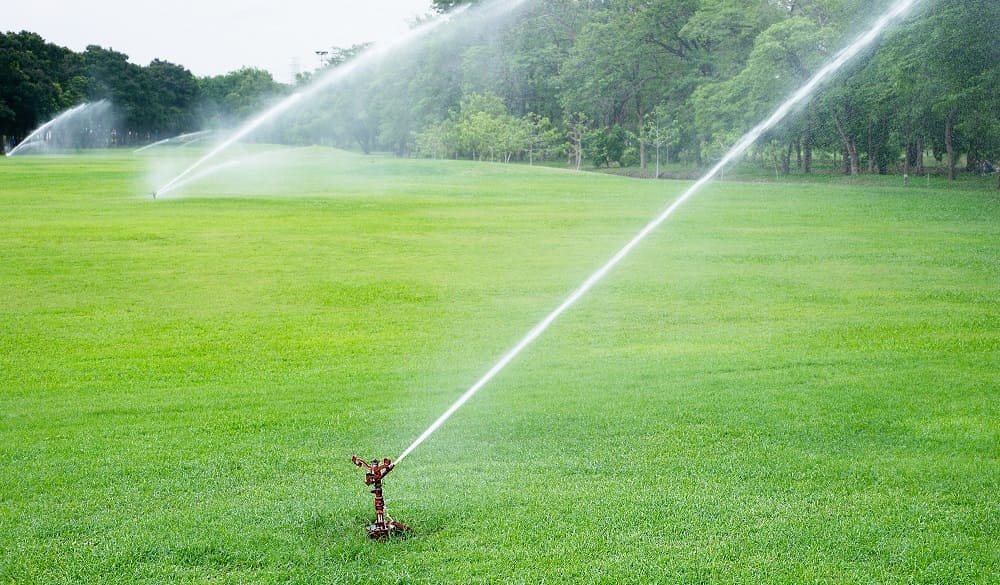
Proactive Management: Small Adjustments, Big Benefits
Taking a ‘little and often’ approach to managing soil chemistry is far more cost-effective and sustainable than large-scale corrective treatments. When you monitor water and soil trends regularly:
- You can steer soil health in the right direction gradually, rather than making disruptive, expensive interventions.
- You reduce the risk of nutrient lock-up, toxicities, or structural decline.
- You maintain a more consistent, high-performing rootzone throughout the year.
In short, treating soil and water data as a partnership, rather than separate silos, puts you in control.
The best approach is to stay informed of both soil and water chemistry trends so you can make amendments regularly and proactively. Doing so allows you to gently steer your soil chemistry in helpful directions. This type of ‘steady as she goes’ approach reduces the likelihood of needing amendments at a scale that is costly and at times difficult to coordinate. It allows practitioners to gently tune soil chemistry each year from an informed position, looking to work around benchmarks shown historically to be where healthy turf is supported. More importantly, try to look at soil and water chemistry together and understand how they may interact before they meet, to be ahead of the game when dealing with issues that impact turf health.
Soil Chemistry: Understanding the Variables
Soil reports often contain complex data, but at their core, they reflect:
- Actual vs. optimal nutrient levels
- Relative proportions of key cations (like calcium, magnesium, potassium)
- Indicators like pH, salinity, and cation exchange capacity (CEC)
Different analytical methods apply depending on your soil's CEC value:
- SLAN / MLSN are used when CEC is low (e.g., sandy profiles), prioritising minimum nutrient levels for turf health.
- BSR (Base Saturation Ratio) is used for heavier soils, where the goal is optimising the relative balance of nutrients.
CEC itself isn’t a measured value - it’s a calculation. And that’s important to remember when interpreting soil data. For example, you don’t directly change pH, you influence it by adjusting nutrient ratios.
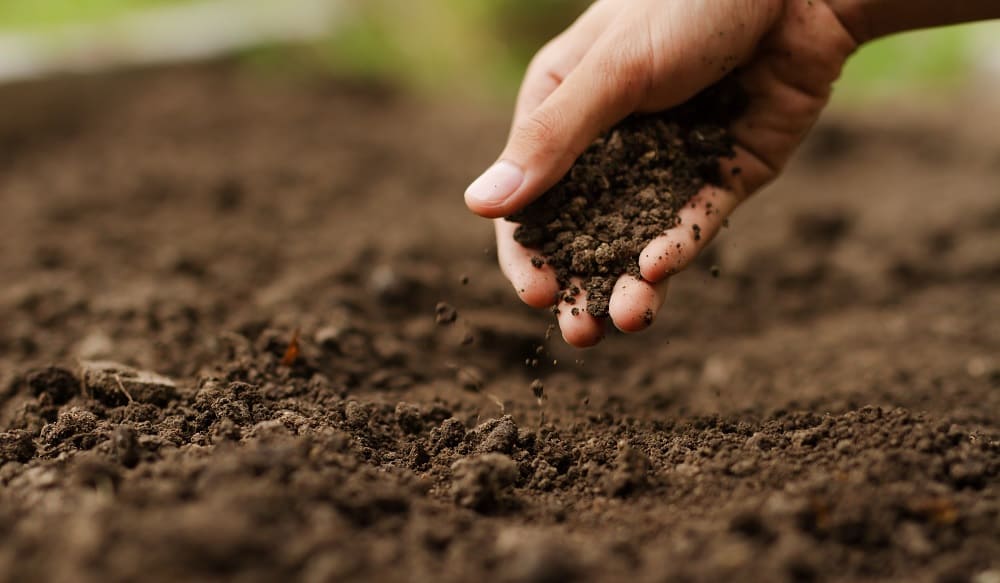
Consistency is Key
To get meaningful, comparable results over time:
- Always collect samples from the same locations, depth, and timing each year.
- Use the same laboratory and methods to ensure consistent benchmarks.
- Partner with a trusted provider like Nuturf, who can help interpret and apply results within the context of your specific site and turf performance.
Water Quality: What It Tells You
A water test will give you values such as:
- Electrical conductivity (EC)
- Total dissolved salts (TDS)
- pH, chloride, sodium, and more
These elements affect not just turf health but how your soil responds to irrigation. For example, a high sodium irrigation source may be manageable short-term, but over time, it can degrade soil structure—unless addressed proactively.
The Value of the Saturated Paste Test
Looking to go a step further? The Saturated Paste Test provides a clearer picture of how your specific water and soil interact.
This test involves applying water from your irrigation source to a sample of your soil, simulating field conditions, then measuring the soluble elements extracted. It can reveal surprising interactions not shown in individual soil or water tests.
Why it’s worth considering:
- Tailors fertiliser strategies more accurately
- Helps detect hidden imbalances or toxicities
- Adds an extra layer of insight, especially after extreme weather events

Why This Year’s Results Matter More Than Ever
With Australia experiencing extreme rainfall following prolonged dry periods, soil chemistry and water quality are likely to have changed - possibly dramatically.
Heavy rainfall may have leached harmful salts from your soil (a positive!).
But it may have also washed away valuable nutrients, undoing past efforts to build up fertility.
Conversely, replenished water sources may now offer better quality water for irrigation—or could be introducing new challenges.
Only testing will reveal the extent of these changes. The best course of action? Test soil and water now and compare your results against previous years. Nuturf can help you interpret those shifts and guide your next steps.
Putting It All Together: Science + Site Knowledge
Your test results are valuable. But data only becomes powerful when interpreted in context—with experience, observation, and practical turf knowledge.
The best turf managers combine:
- Regular testing
- Long-term data archives
- An understanding of local site performance
And they don’t rely solely on feel or numbers - they use both.
Need Help Interpreting Your Results?
Nuturf’s agronomy team can walk you through your soil and water test results, helping you understand the implications and build a tailored plan to enhance your turf performance.
- Call us on 1800 631 008
- Email us at [email protected]
In Summary
- Soil and water chemistry are closely connected - review test results together, not in isolation.
- Regular testing and small, strategic amendments are more sustainable than large reactive changes.
- Understand your CEC, nutrient levels, and water characteristics to make better turf management decisions.
- Consider the Saturated Paste Test to gain deeper insights into soil-water interactions.
- Trust your eye, but support your intuition with reliable data.


